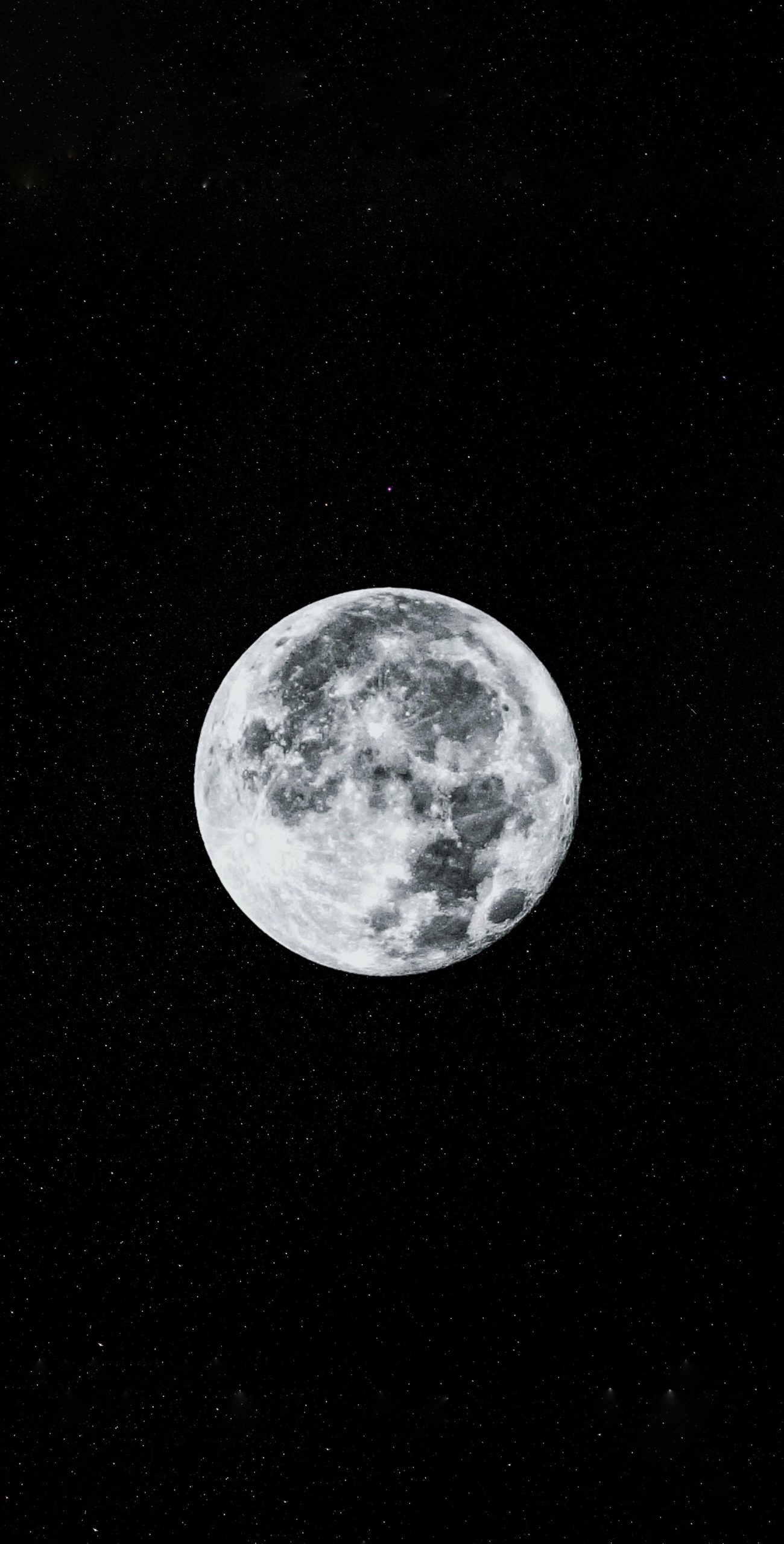Do Tarot Cards Have to Be in Order?
When it comes to the mystical art of tarot reading, many beginners wonder if the order of the tarot cards matters. Tarot cards, with their rich symbolism and ancient origins, have captivated people’s imaginations for centuries. In this blog post, we will explore the question of whether tarot cards need to be in a specific order or if they can be shuffled and interpreted from a randomized deck. Let’s delve into the fascinating world of tarot and uncover the truth behind this popular question.
The Origins of Tarot Cards
To understand the significance of the order of tarot cards, we must first delve into their origins. Tarot cards were initially developed in the 15th century as playing cards for games in Europe. It wasn’t until the 18th century that tarot cards began to be used for divination and fortune-telling purposes.
The tarot deck consists of 78 cards, divided into two main categories: the Major Arcana and the Minor Arcana. The Major Arcana consists of 22 cards, each representing a significant aspect of the human experience, such as love, death, and enlightenment. The Minor Arcana consists of 56 cards, divided into four suits (Wands, Cups, Swords, and Pentacles) similar to a regular deck of playing cards.
Traditionally, tarot cards were designed with specific symbolism and meaning assigned to each card, enabling readers to interpret the cards based on their position and relationship to each other.
The Traditional Order of Tarot Cards
In tarot reading, the order of the cards plays a crucial role in the interpretation and understanding of a reading. Each card holds its unique energy and represents a particular aspect of life. When laid out in a specific order, the cards tell a story that offers guidance and insight into a person’s past, present, and future.
The traditional order of tarot cards is based on the Fool’s Journey, a narrative that follows the protagonist (the Fool) as they embark on a journey through life, encountering different experiences and lessons along the way. The Fool’s Journey starts with card number 0 (the Fool) and ends with card number 21 (the World), representing the completion of a cycle.
While the Fool’s Journey is significant in tarot readings, experienced readers may choose alternative layouts or intuitively arrange the cards based on the question or situation at hand. This flexibility allows for a personalized and tailored approach to each reading, but it should be noted that understanding the traditional order and symbolism of the tarot cards is essential for readers seeking accuracy and depth in their interpretations.
The Practice of Shuffling Tarot Cards
Despite the traditional order of tarot cards, it is common practice for readers to shuffle the deck before a reading. Shuffling the cards serves two main purposes:
- Randomization: Shuffling ensures that the cards are in a randomized order, preventing any bias or predetermined patterns from influencing the reading. This allows for a more unbiased and objective interpretation of the cards.
- Energetic Connection: Shuffling the cards helps the reader establish a personal connection with the deck, infusing their energy into the cards. This connection between the reader and the deck is believed to enhance the accuracy and intuitive insights during the reading.
While shuffling is common practice, it is important to note that readers are not required to perform specific shuffling techniques or rituals. Each reader may have their preferred method of shuffling, such as overhand shuffling, riffle shuffling, or even using additional cleansing rituals like smudging or crystal charging.
Interpreting Tarot Cards without a Specific Order
In some cases, tarot readers may choose to shuffle the deck thoroughly and draw cards without adhering to a specific order. While this approach may seem unconventional, it can still provide valuable insights and guidance. However, reading tarot cards without a specific order requires a deep understanding of each card’s symbolism and meaning.
When cards are drawn randomly, the reader must rely on their intuition and knowledge to interpret them accurately. They may consider the individual card meanings, the card’s position in the spread, and how the cards interact with each other to construct a cohesive reading.
Reading tarot cards without a specific order can be liberating and allow for more creativity and fluidity in the interpretation process. However, it is essential to maintain a strong foundation in tarot symbolism and archetypes to unlock the full potential of this approach.
The Bottom Line
While tarot cards have a traditional order based on the Fool’s Journey and the narrative structure of the deck, the question of whether they have to be in a specific order depends on the reader’s approach and intentions. It is important for beginners to familiarize themselves with the traditional order and symbolism of the tarot cards before exploring alternative shuffling and interpretation techniques.
Ultimately, the power of tarot lies in the relationship between the reader, the cards, and the divine energies at play. Whether you choose to read the cards in a specific order or draw them randomly, trust your intuitive abilities, and let the tarot guide you on your journey of self-discovery and insight.
Table of Contents
